- Group Exhibition »To Light, Shadow and Dust« Berlin, 2022
- »Transitions« Berlin, 2020
- »New Works« Stockholm, 2019
- »Twelve Thirty« Berlin, 2015
- Group Exhibition »GATHERED FATES curated by Ignasi Aballí« Berlin, 2015
- »Twelve Thirty« Stockholm, 2014
- »Sirous Namazi« Stockholm, 2012
- Group Exhibition »Umstülpung - curated by Günter Umberg« Berlin, 2012
- »Sirous Namazi« Berlin, 2009
- »Sirous Namazi« Stockholm, 2008
- Group Exhibition »Drawing a Tiger« Berlin, 2007
- Group Exhibition »Group exhibition« Berlin, 2006
- Group Exhibition »Alice Doesn't Live Here Anymore« Stockholm, 2006
- »Sirous Namazi« Berlin, 2005
- Group Exhibition »Pale Fire« Berlin, 2003
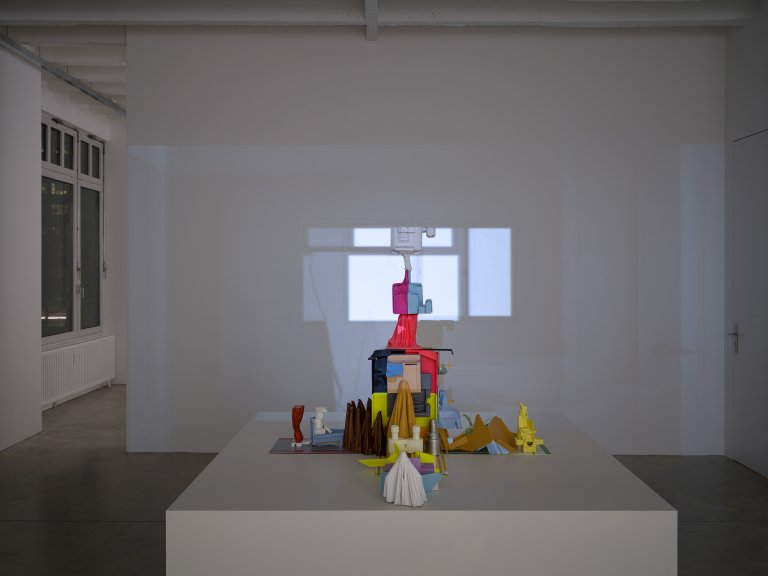
Pavilion, 2019, 3D print PLA plastic, film projection, sound, 105 x 177 x 126 cm
Sirous Namazi »Transitions«
Berlin, January 25, 2020 - March 07, 2020
Over the years, Sirous Namazi has created works that concern topics such as human consumption, forms of market production as well as issues of intercultural communication and alienation. His sculptures, which visually relate to the tradition of minimalism, are controlled and precise in their production, yet bear strong elements of existential
reflection.
From his contribution to the Nordic Pavilion at the 2007 Venice Biennale, where an unfolded waste container laid flat on the floor, to his work “Sign” (2003), an empty billboard, to ”Leaning Horizontal” (2012), a 2x3 meter fully-stocked supermarket shelf leaning at a 45-degree angle against the wall, the recurring theme of channeling reflections on human consumption, through carefully sculpted objects, is ubiquitous. This remained the case in his body of work “Twelve Thirty” (2014/15) composed of such personal artefacts as a sink and a chandelier – recreated from memory – from his looted and vandalised childhood home in revolutionary Iran.
The new works at Galerie Nordenhake Berlin continue on that path. From afar, the 3D-printed sculpture ”Pavilion” might seem like a single unit, however, when taking a closer look one quickly realizes that it consists of a group of standard consumer goods. Connected through some process of randomization, the objects are rendered meaningless – posing the question of whether we ever needed them in the first place. To add an extra layer of doubt and confusion, a film is projected onto the objects, in which the viewer identifies comparable consumer goods, as well as objects similar in nature to some of the sculptures in the exhibition, thus enhancing the effect of the dissolution of the physical object.
With the sculpture “Container” Namazi is continuing his ongoing series. While the previous works were Ready-mades of steel containers, the new work is a scaled-down version of a freight container. Furthermore it is produced from PLA, itself a derivative of cornstarch; the “yellow gold” from which seemingly everything is now produced – from cereal, to soaps and paints, “plastic” bags to wallpaper and even dry-cell batteries. A material so disposable and generic that things made of it get devalued and therefore omnipresent. Next to it, hanging on the wall, we find another piece from one of Namazi's series. “Untitled (Modules)” consists of many identically repeated modules, scaled down prototypes of an architectural unit – reminiscent of public housing. Except that each “apartment unit” is industrially lacquered in different bright colours. The work “Selfies” is a group of prints on watercolour paper. The prints are selfies, found on the Internet and later manipulated with a sketch program. Here Namazi is questioning whether we commodify ourselves through social media to a point where it is impossible to test the validity of ones self-perception.
“Metropolis”, also a 3D-printed sculpture, is composed of an amalgam of images of homes and interiors from the artist’s archive. These have been reduced in Photoshop to lines and graph points and afterwards have been processed through the software “Kaleidoscope Kreator”. In its physical form in the space, the experience is that of looking into a tunnel-like clockwork, of which there might be no end in sight, like a metaphorical hamster wheel of consumerism.
Sirous Namazi was born in 1970 in Kerman, Iran. He lives and works in Stockholm. In 2018 he participated in the Athens Biennale: ANTI, in 2016 he took part in the 3rd Kochi-Muziris Biennale and in 2007 he represented Sweden (with Jakob Dahlgren) at the 52nd Venice Biennial in the Nordic Pavilion. He has had solo exhibitions at Lidköpings Konsthall and Örebro konsthall (2018), Fundació Joan Miró, Barcelona (2010), Lunds konsthall (2009) and Moderna Museet, Stockholm (2003). Among others he was awarded the Gannevik Art Prize (2014) and the Carnegie Art Award (Best Emerging Young Artist) in 2006. The Carnegie Art Award exhibition toured extensively internationally. Recently he participated in group exhibitions at Tartu Art Museum, Tallin (2019), Moderna Museet, Stockholm (2017), Magasin III, Stockholm (2015), Museum für Gegenwartskunst, Siegen (2014), Göteborgs konstmuseum (2011), Musée d’Art Moderne de Saint-Étienne Metropole (2009), among others.
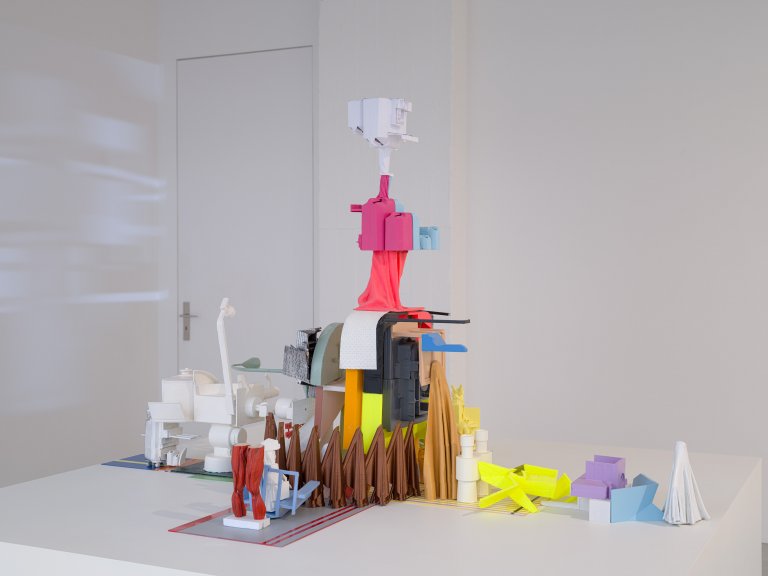
Pavilion, 2019, 3D print PLA plastic, film projection, sound, 105 x 177 x 126 cm
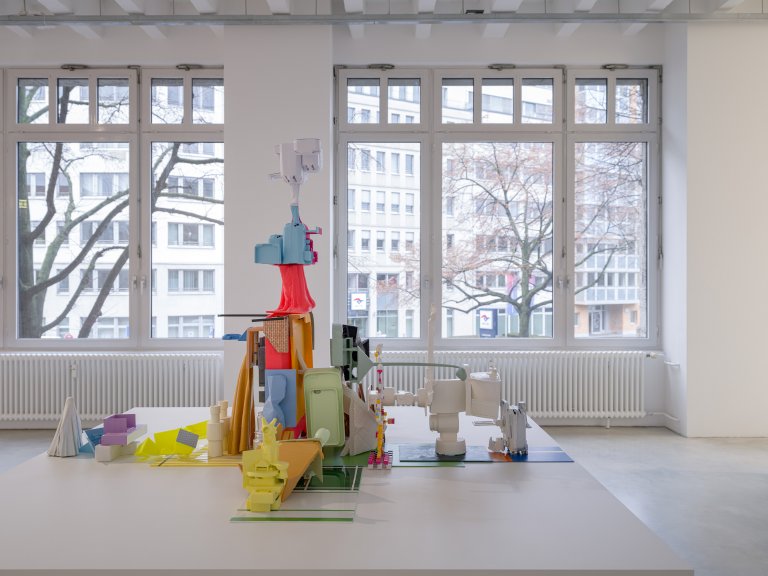
Pavilion, 2019, 3D print PLA plastic, film projection, sound, 105 x 177 x 126 cm
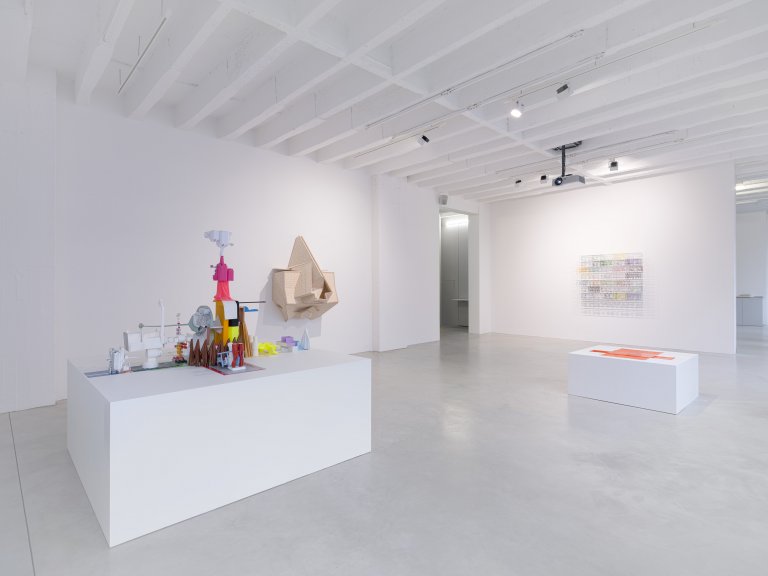
Installation view
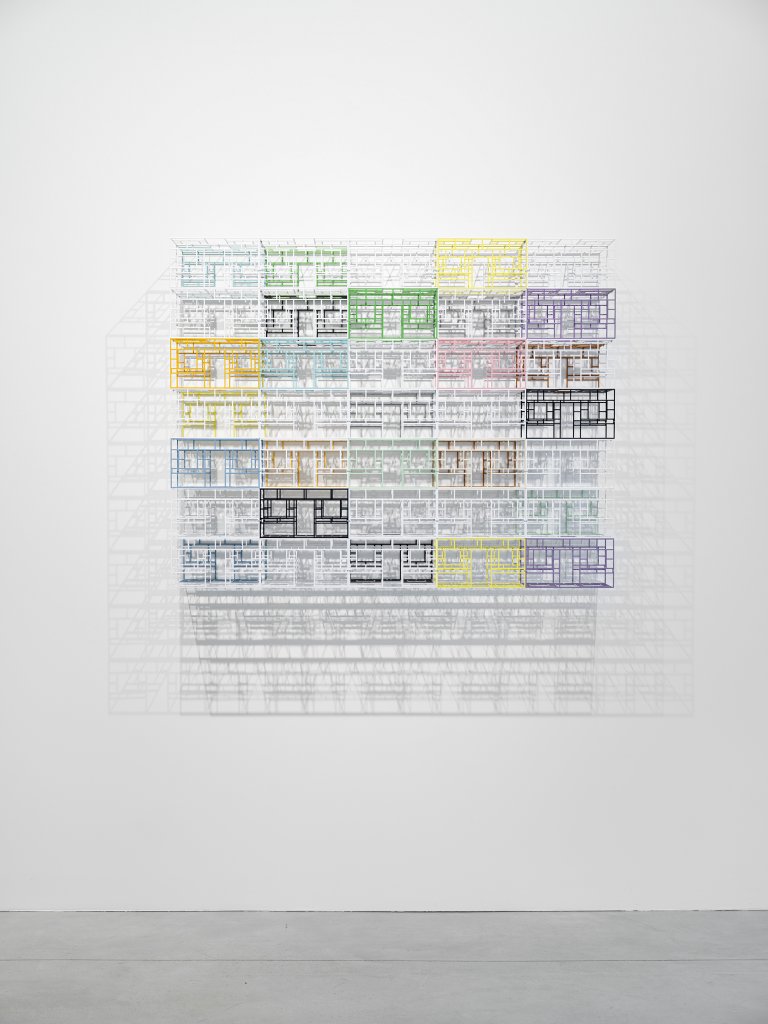
Untitled (Modules), 2019, Water-cut steel, lacquer, 112 x 120 x 28 cm
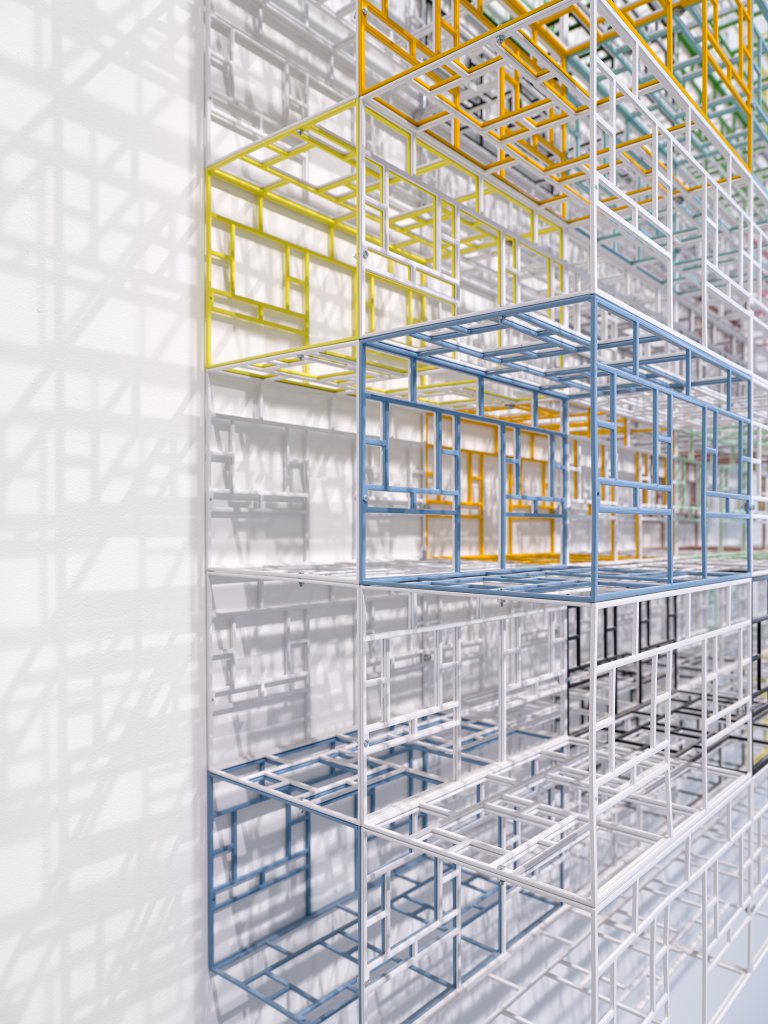
Untitled (Modules), 2019, detail
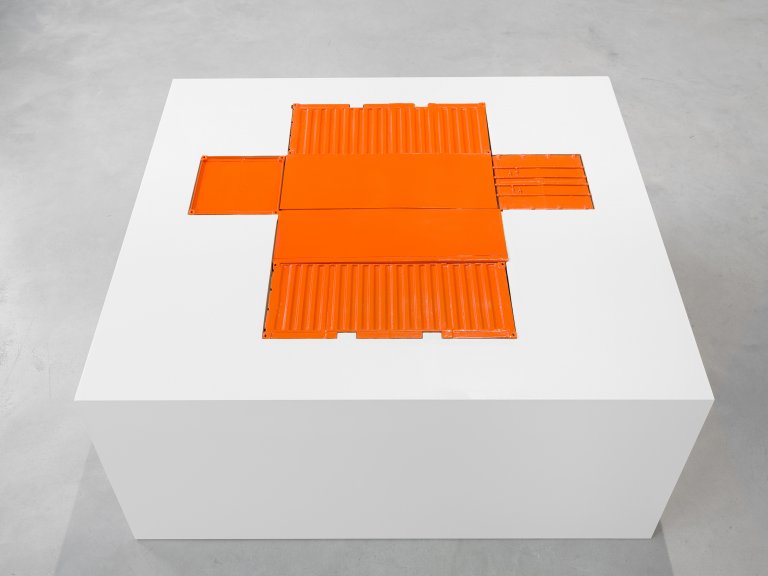
Container, 2020, Carbon fiber rods, 3D print PLA plastic, 51 x 110 x 100 cm
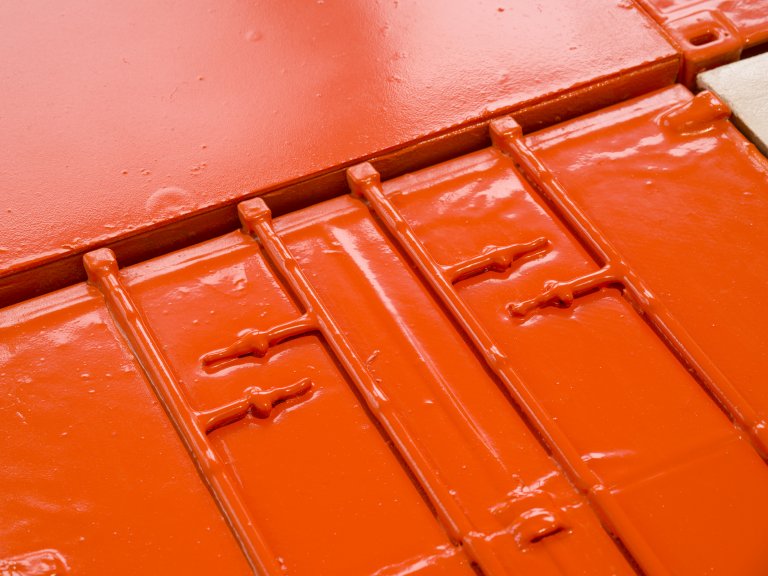
Container, 2020, detail
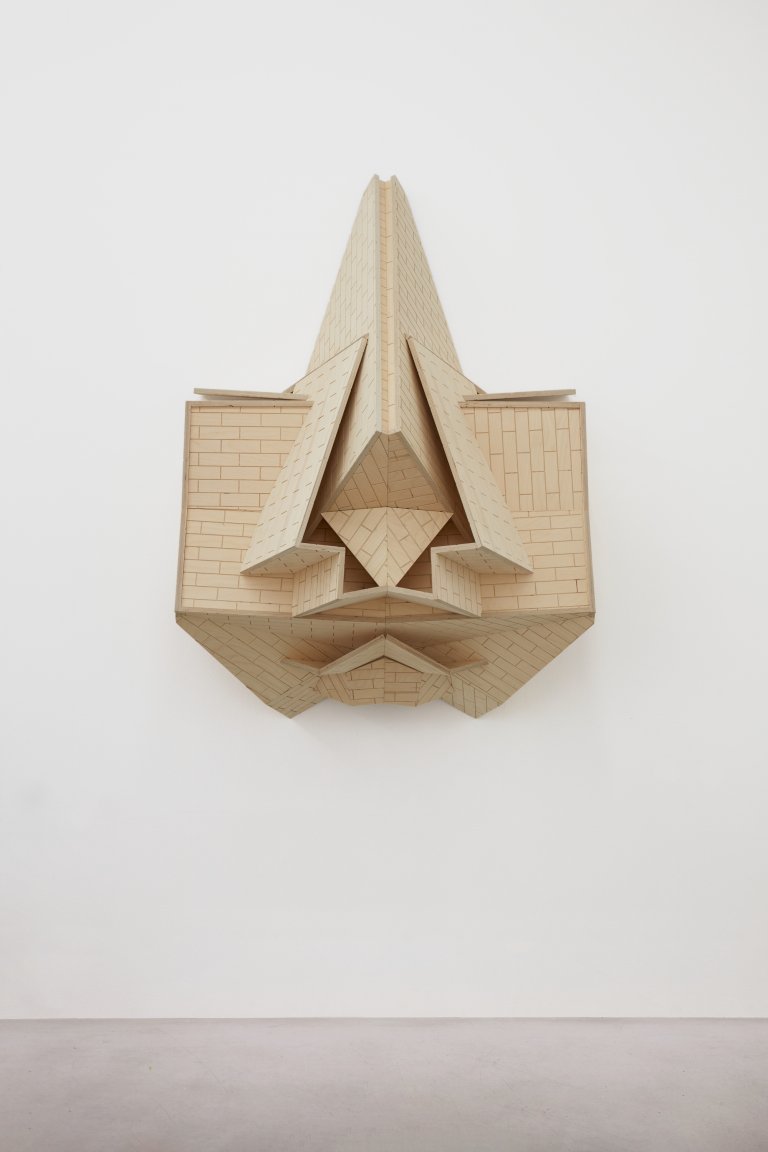
Mirrored, 2019, Birch plywood, 150 x 101.5 x 72 cm
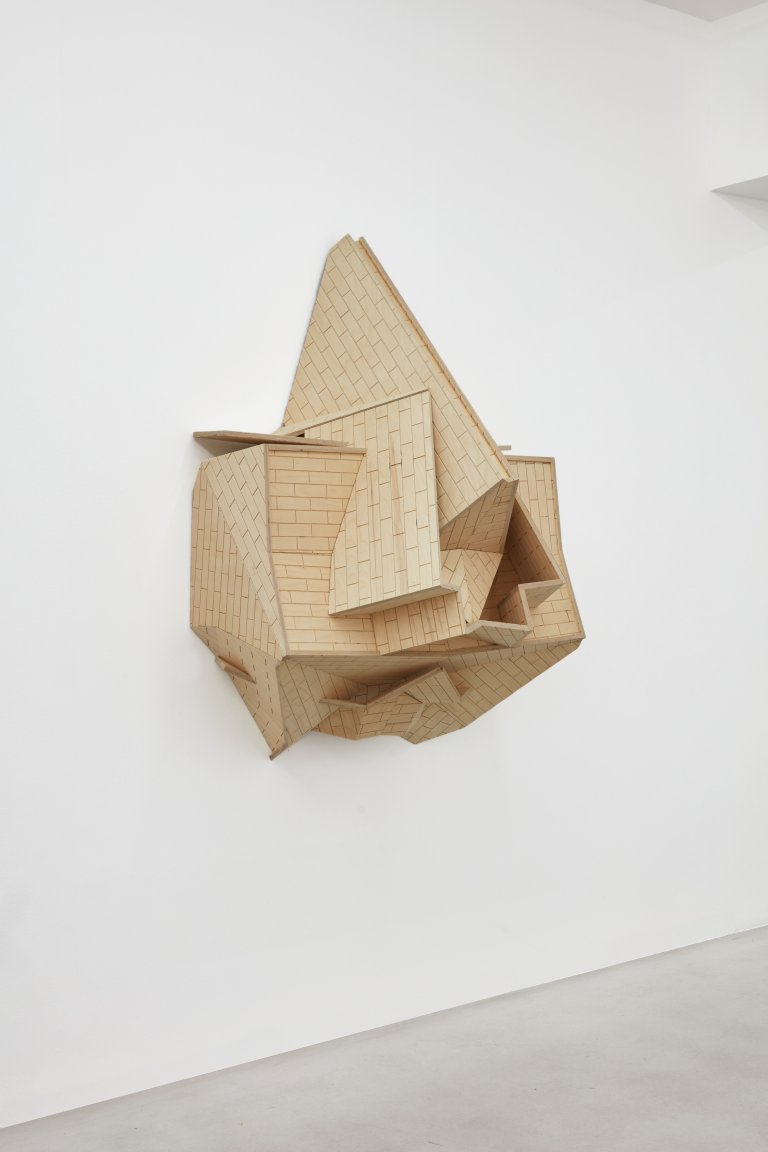
Mirrored, 2019, Birch plywood, 150 x 101.5 x 72 cm
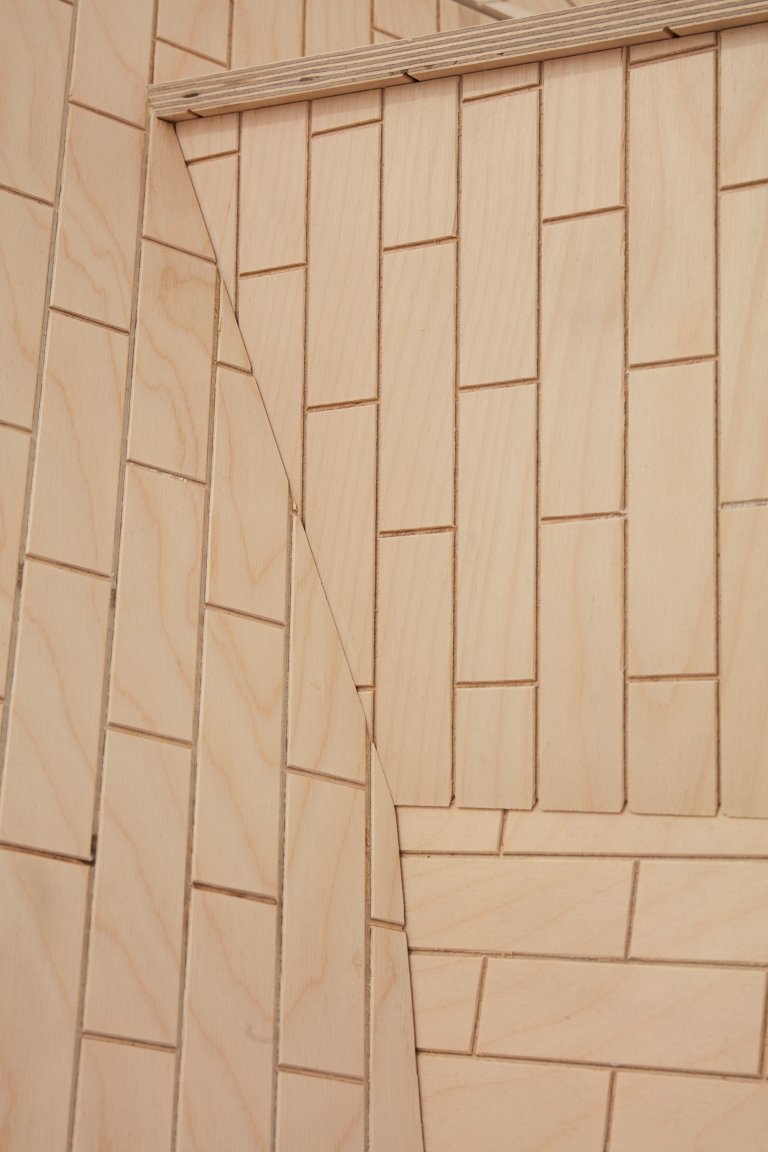
Mirrored, 2019, detail
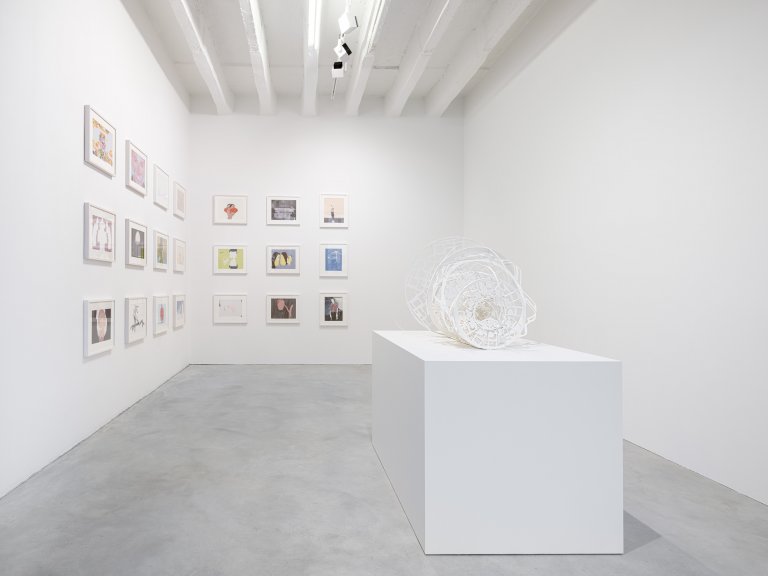
Installation view
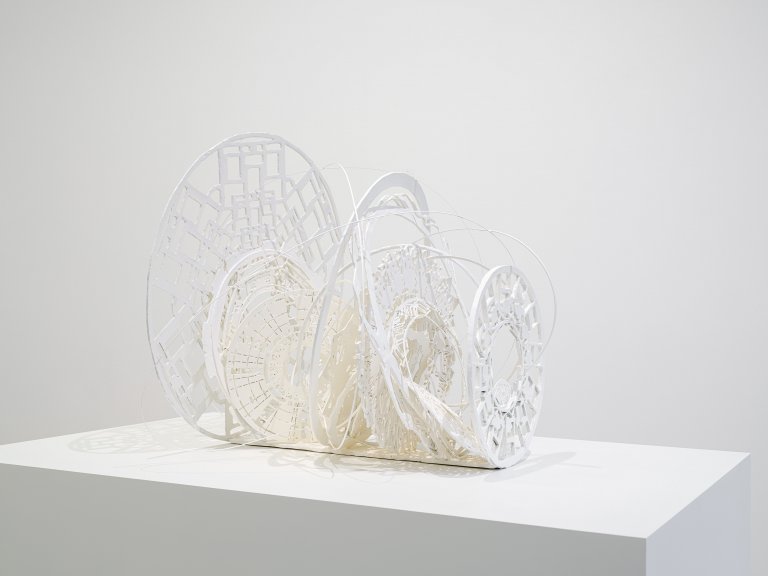
Metropolis, 2019, Carbon fiber rods, 3D print PLA plastic, 62 x 78 x 66 cm
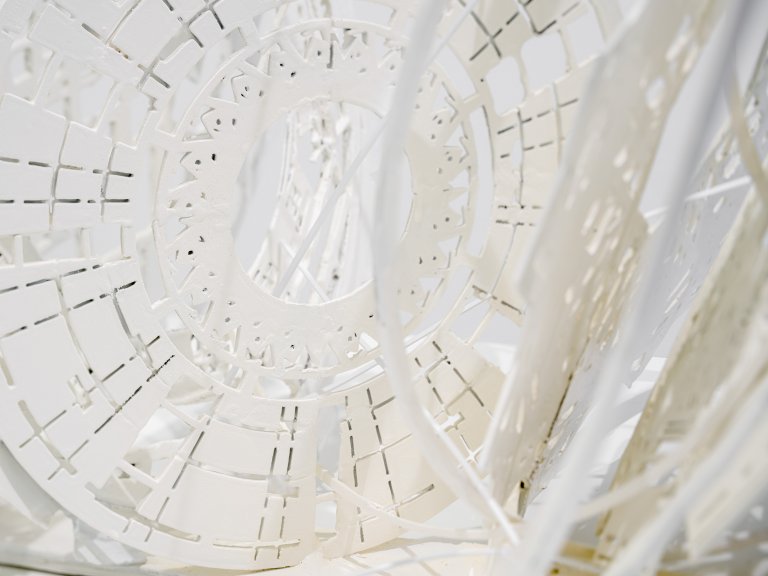
Metropolis, 2019, detail
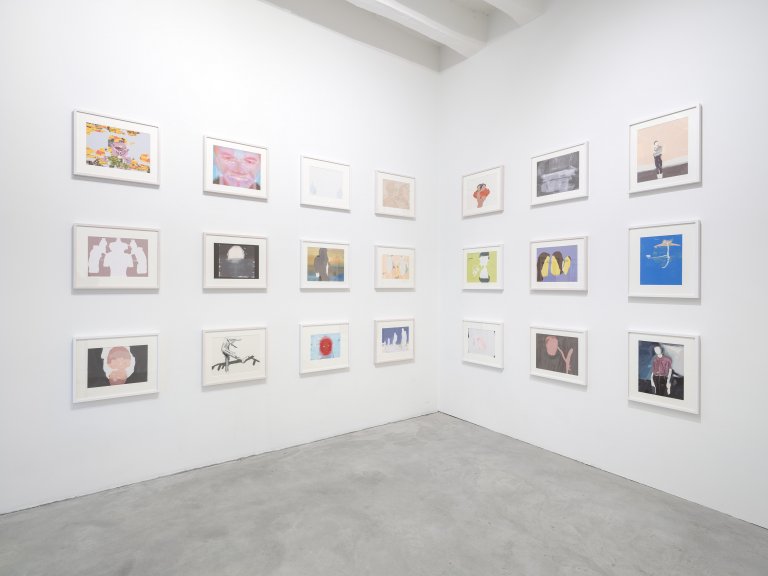
Selfies, 2019, framed prints on watercolour paper, 21 parts: 18x (40.5 x 48 cm) and 3x (47.5 x 40.5 cm)
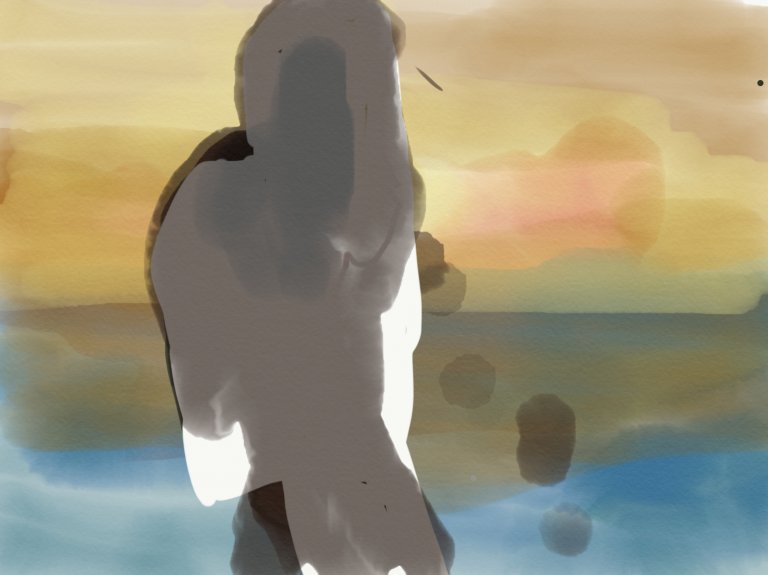
Selfies, 2019, detail
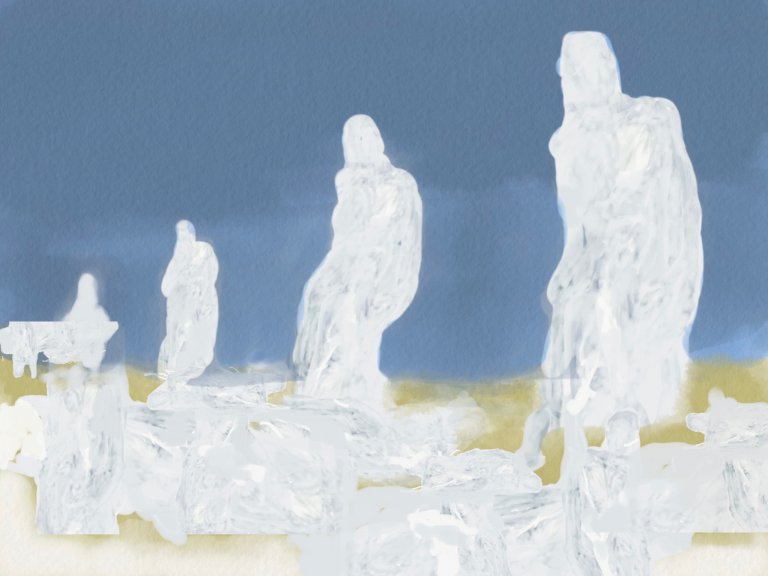
Selfies, 2019, detail
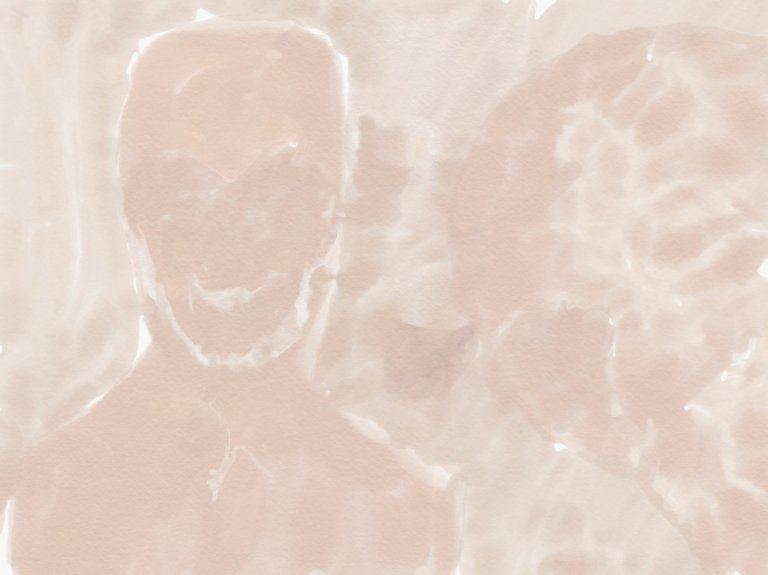
Selfies, 2019, detail